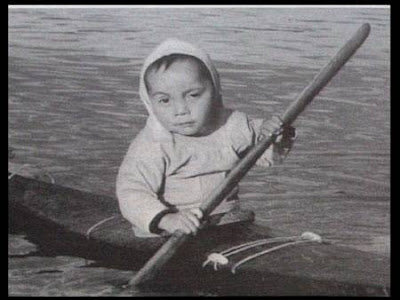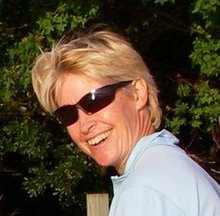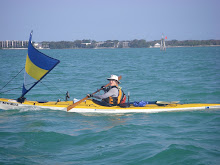 We all construct stories. Stories that we use to help others define who we are, or stories to try and manipulate an image of how we want others to see us.
We all construct stories. Stories that we use to help others define who we are, or stories to try and manipulate an image of how we want others to see us.The New York Times published an intriguing article last week, based on the work by Dan P. McAdams, a professor of psychology at Northwestern and author of the 2006 book, “The Redemptive Self.”
He believes that the stories that we construct about ourselves define not only how we see ourselves in the past, but how we see ourselves in the future.
Perhaps this can also be applied to the blogs that I’m most familiar with, those based around the world of kayaking, and a small part of the lives of those who write these blogs. Here we are creating stories about ourselves in the present, our experiences as they’ve recently happened, usually within a 24-hour time frame. With the power of the blog, we’re actually living each other's stories as they’re lived, or constructed.
And this also means that we’re immediately at hand while stories are deconstructed or manipulated. Just recently, there’s been a bit of a blip in the kayaking blogosphere, and this has shown that the human brain’s natural affinity for narrative construction also has a talent for constructing stories that may misrepresent who we really are, and attack the story that others have created to represent their own life journeys.
I hope that we can soon return to the stories that we share, that define the joy of experiencing life’s adventures, and those that we take pleasure from as they're so kindly shared.










